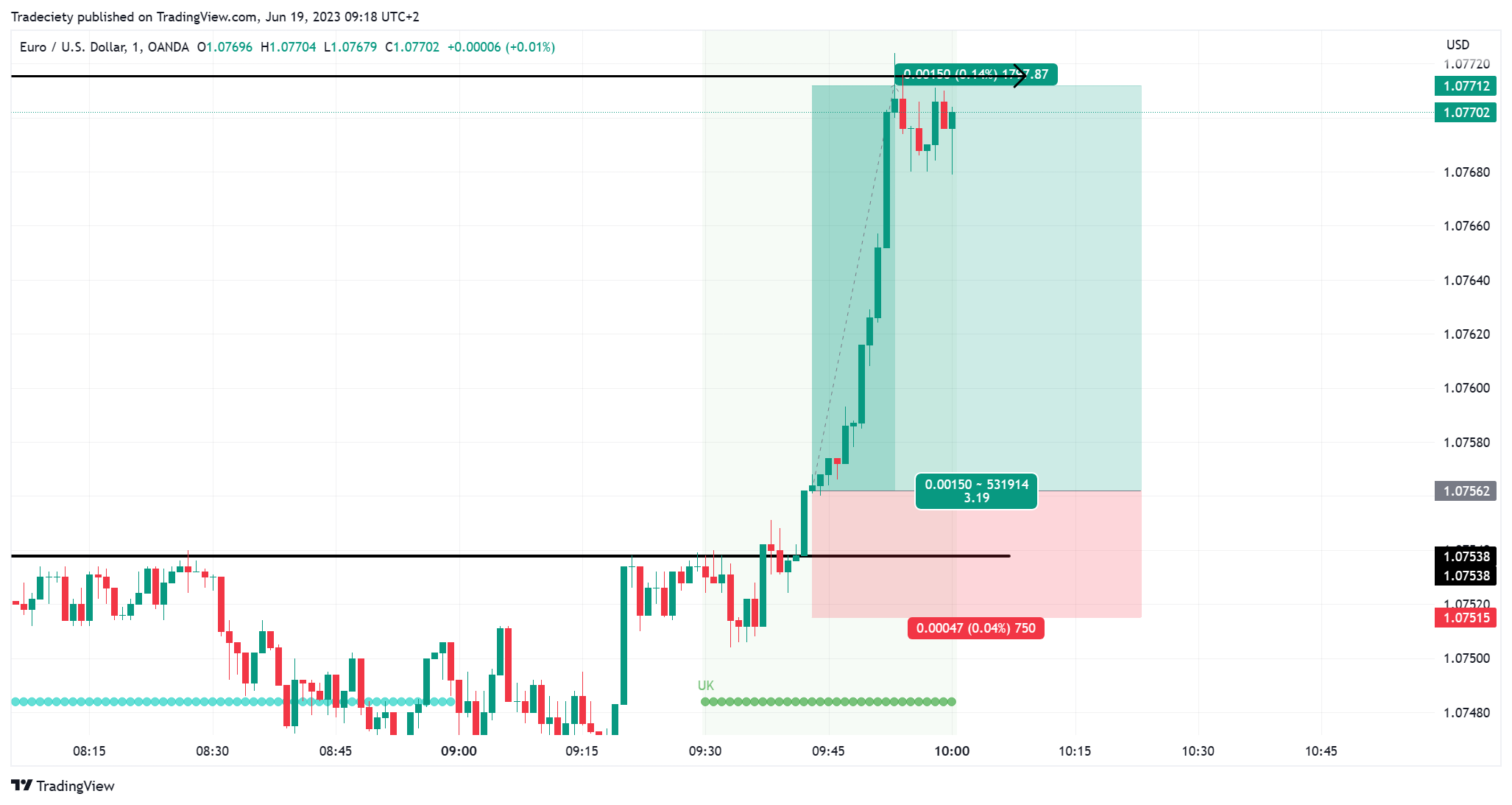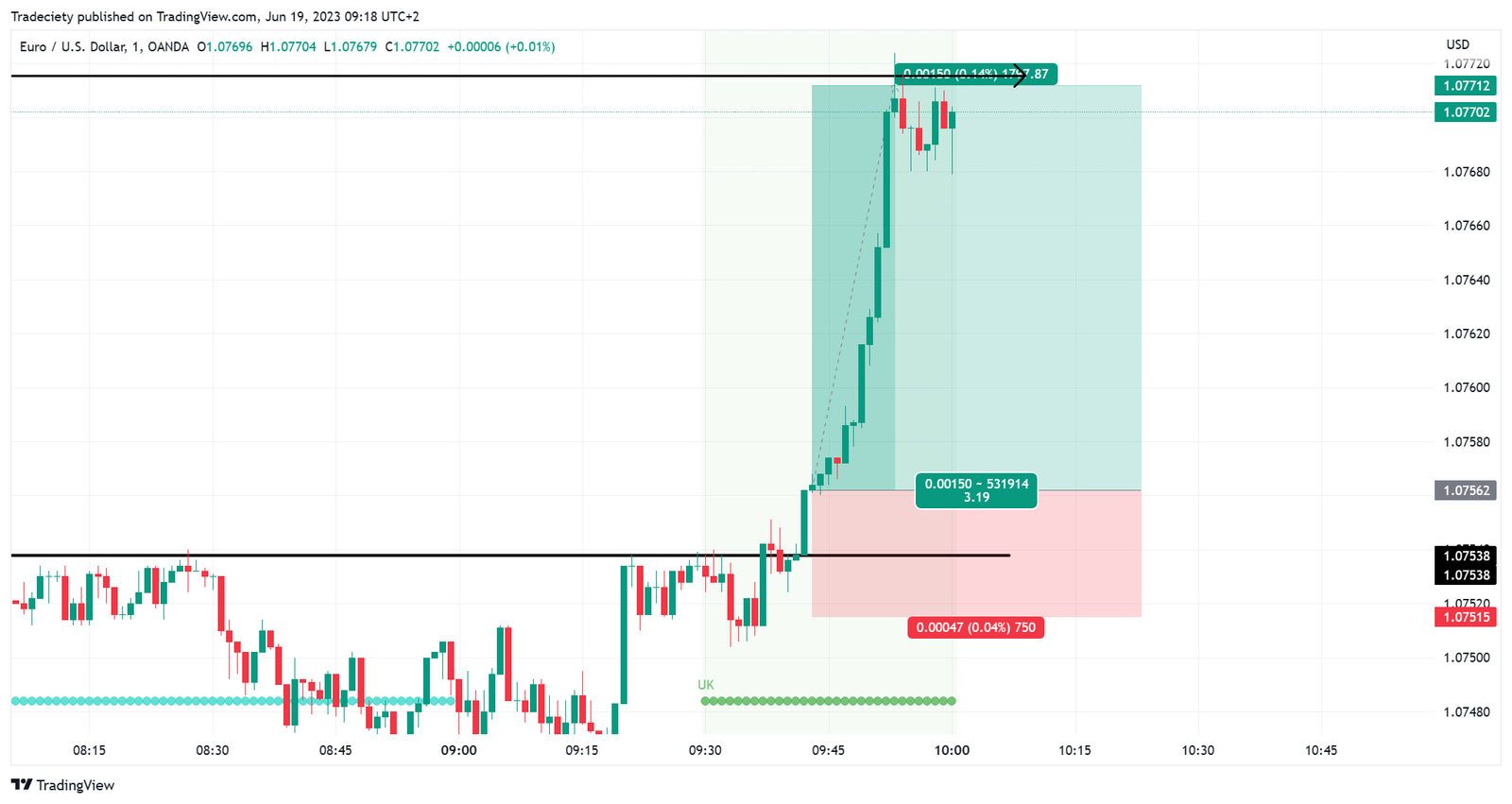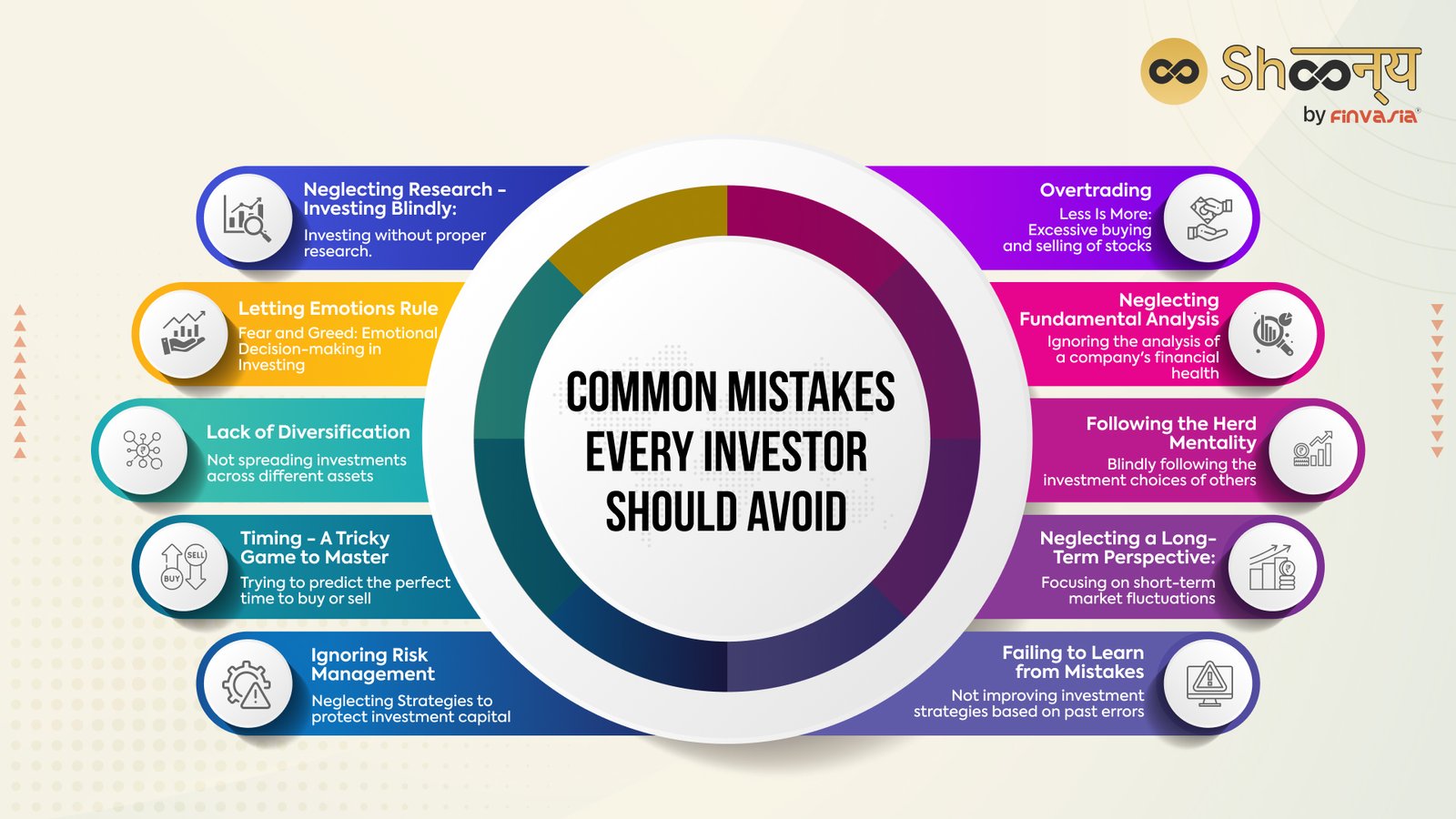In the realm of financial markets, day trading has emerged as a tantalizing prospect for individuals seeking swift profits. However, navigating the choppy waters of day trading requires a well-honed strategy that can withstand the relentless ebb and flow of the markets. This article delves into the intricacies of developing an effective day trading strategy, empowering aspiring traders with the knowledge and tools to maximize their chances of success. By exploring the various elements of a successful trading plan, including market analysis, risk management, and trade execution, we aim to provide a comprehensive roadmap for traders to forge their own path to profitability in the volatile world of day trading.
Mastering the Art of Day Trading: A Practical Guide
Understanding Your Trading Style
Before delving into specific strategies, it’s crucial to understand your individual trading preferences and risk tolerance. This self-assessment helps you tailor your approach effectively.
| Question | Answer Options |
|---|---|
| What is your primary trading goal? | Profitability, Learning, Scalping, Swing Trading |
| What is your preferred time frame for trading? | Short-term (minutes to hours), Medium-term (hours to days), Long-term (days to weeks) |
| What is your acceptable risk level? | High, Medium, Low |
| How much time are you willing to dedicate to trading? | Full-time, Part-time, Occasional |
Identifying Profitable Trading Opportunities
Day trading involves capitalizing on short-term price fluctuations. This requires a deep understanding of market trends, technical analysis tools, and effective entry and exit points.
| Key Aspects | Explanation |
|---|---|
| Technical Analysis | Using charts, indicators, and patterns to identify potential trading opportunities and predict price movements. |
| Market Sentiment | Assessing the overall market mood (bullish, bearish, or neutral) to gauge potential price reactions. |
| News and Events | Staying updated on economic releases, corporate announcements, and other news that can influence market volatility. |
| Support and Resistance Levels | Identifying price levels where buying or selling pressure is expected to increase or decrease, providing potential entry and exit points. |
Implementing a Robust Trading Plan
A well-defined trading plan is essential for consistent performance. It outlines your trading objectives, risk management strategies, and specific entry and exit rules.
| Key Components | Explanation |
|---|---|
| Trading Objectives | Defining your desired profit targets and risk tolerance levels. |
| Entry and Exit Rules | Specifying precise conditions for entering and exiting trades based on technical indicators, price action, or other criteria. |
| Risk Management Strategy | Establishing clear guidelines for limiting potential losses and protecting capital. |
| Position Sizing | Determining the appropriate amount of capital to allocate to each trade based on risk tolerance and market conditions. |
How to develop a strategy for day trading?

Choosing a Trading Style and Market
Before diving into developing a specific strategy, you need to determine your trading style and the market you’ll focus on. Day trading encompasses various approaches, from scalping (profiting from small price movements) to trend trading (capitalizing on larger price trends).
- Scalping involves quickly entering and exiting trades to capture small profits from fleeting price fluctuations. It requires high volume markets, fast execution speeds, and a strong understanding of order flow.
- Trend trading focuses on identifying and riding the prevailing market trends for longer durations. This approach demands a keen eye for trend recognition, risk management, and patience.
Technical Analysis and Indicators
Technical analysis is the foundation of most day trading strategies. It involves studying price charts and patterns to identify potential trading opportunities. This often includes using indicators to generate signals and confirm trading decisions.
- Moving averages provide insights into price trends and support/resistance levels. These indicators smooth out price fluctuations and help identify potential trend reversals.
- Relative Strength Index (RSI) measures the strength of price movements and signals potential overbought or oversold conditions. This indicator helps traders identify potential entry and exit points.
- Stochastic Oscillator compares a stock’s closing price to its price range over a given period, indicating potential momentum shifts and overbought/oversold conditions.
Risk Management and Trade Execution
Risk management is paramount in day trading. You must define your risk tolerance and implement strategies to protect your capital. Executing trades efficiently is equally crucial for maximizing profits and minimizing losses.
- Stop-loss orders automatically exit trades when prices reach a predefined threshold, limiting potential losses.
- Position sizing involves determining the appropriate amount of capital to allocate to each trade, based on risk tolerance and market volatility.
- Trade journal recording each trade’s details, entry/exit points, and rationale helps analyze performance and identify areas for improvement.
What is the best successful day trading strategy?

What is Day Trading?
Day trading is a style of trading where investors buy and sell financial instruments, such as stocks, futures, forex, or options, within the same trading day. Day traders aim to profit from short-term price fluctuations in the market, seeking to capture small gains on multiple trades throughout the day.
Strategies for Day Trading
- Scalping: This is a high-frequency trading strategy where traders aim to capture small profits from very small price movements. Scalping involves placing many orders quickly and exiting positions just as quickly. This strategy requires very tight stop-loss orders and a high level of market awareness.
- Trend Trading: Day traders using trend trading strategies attempt to identify and capitalize on established trends in the market. They look for assets that are trending upwards or downwards and try to ride the momentum.
- News Trading: This strategy involves trading based on the release of market-moving news, such as economic data, earnings reports, or political events. News traders attempt to predict how the market will react to news events and position themselves accordingly.
Key Considerations for Day Trading
- Risk Management: Successful day trading requires strict risk management strategies. Traders must determine their risk tolerance and set stop-loss orders to limit potential losses.
- Trading Psychology: Day trading can be emotionally taxing. It’s crucial to develop a disciplined approach to trading and avoid making impulsive decisions based on fear or greed.
- Market Knowledge: Successful day traders have a deep understanding of the markets they trade in. They stay informed about current market conditions, economic indicators, and technical analysis.
What is the 3-5-7 rule in trading?

What is the 3-5-7 Rule in Trading?
The 3-5-7 rule is a risk management strategy used by traders to determine the optimal stop-loss and take-profit levels for their trades. The rule suggests that a trader should place their stop-loss order 3% below the entry price, their take-profit order 5% above the entry price, and use a trailing stop-loss order that trails 7% behind the price.
How the 3-5-7 Rule Works
The 3-5-7 rule is a simple and straightforward risk management technique that helps traders to manage their risk and maximize their potential profits. The rule is based on the idea that a trader should only risk a small percentage of their capital on any single trade.
- Stop-loss order: This order is placed at 3% below the entry price, limiting the potential loss on a trade to 3%.
- Take-profit order: This order is placed at 5% above the entry price, providing a profit target of 5%.
- Trailing stop-loss order: This order follows the price of the asset, moving up with the price but staying 7% behind. This helps to protect profits as the price rises, while also minimizing losses if the price reverses.
Benefits and Drawbacks of the 3-5-7 Rule
The 3-5-7 rule can be a useful tool for risk management, but it has some potential drawbacks.
- Benefits:
- Easy to Implement: It is a simple rule that is easy to understand and implement.
- Risk Management: The rule helps to manage risk by limiting potential losses and setting a clear profit target.
- Consistency: The rule provides consistency in trading decisions, preventing emotional biases from affecting trading.
- Drawbacks:
- Not Flexible: The rule can be inflexible in volatile markets, where price movements can be rapid and unpredictable.
- May Lead to Missed Profits: If the price moves significantly beyond the 5% target, the take-profit order may be triggered too early, resulting in missed profits.
- Not Suitable for All Trading Styles: The 3-5-7 rule may not be suitable for all trading styles, particularly those that involve longer-term holding periods or higher-risk trades.
What is the 11am rule in trading?

The 11am rule is a trading strategy that suggests traders should avoid making trades between 11am and 1pm EST. This is because, according to the theory, market volatility is typically higher during this time frame, making it more difficult to make profitable trades.
Reasons for the 11am rule
- Increased volatility: The period between 11am and 1pm EST is often associated with higher market volatility. This is due to factors such as the release of economic data, news events, and the lunch break of some traders, which can lead to sudden and unpredictable price movements.
- Algorithmic trading: Many high-frequency trading algorithms are programmed to be active during this period, potentially amplifying volatility and making it more difficult for individual traders to predict market movements.
- Greater uncertainty: As the trading day progresses, more information becomes available, and traders may become more cautious or uncertain about their trading decisions. This can result in more erratic price fluctuations during the 11am to 1pm EST window.
Effectiveness of the 11am rule
The effectiveness of the 11am rule is debatable and depends on several factors, including the market, the trading strategy, and the individual trader’s risk tolerance. Some traders find it helpful to avoid trading during this time period, while others may find it an opportunity to profit from heightened volatility. It’s important to note that there is no guarantee that following this rule will lead to success, and it is just one of many strategies that can be considered.
Frequent questions
What is a day trading strategy?
A day trading strategy is a plan that outlines how a trader will approach the markets for the day, including the assets they will trade, the entry and exit points, the risk management rules, and the trading style they will use. A good day trading strategy is crucial for success because it helps traders stay disciplined, manage risk effectively, and avoid emotional decision-making.
What are some common day trading strategies?
There are many different day trading strategies, but some of the most popular include:
Scalping: This strategy involves making quick profits from small price movements. Scalpers often use high leverage and aim to make many small trades throughout the day.
News Trading: This strategy involves trading based on news events that can move the market. News traders must be able to quickly analyze the impact of news on different assets and make informed decisions.
Trend Trading: This strategy involves identifying and trading in the direction of the prevailing trend. Trend traders look for strong price momentum and aim to capture large profits from sustained price movements.
Range Trading: This strategy involves trading within a defined price range. Range traders look for opportunities to buy low and sell high within the range, taking advantage of price fluctuations.
How do I choose the right day trading strategy for me?
Choosing the right day trading strategy depends on several factors, including your risk tolerance, trading experience, trading goals, and available time. It is important to select a strategy that aligns with your individual preferences and capabilities. Consider your comfort level with different trading styles, the amount of time you can dedicate to trading, and your desired profit potential. You may also want to experiment with different strategies to see which ones suit you best.
What are some tips for developing an effective day trading strategy?
Developing an effective day trading strategy takes time and effort. Here are some tips to help you get started:
Define your goals: Determine what you want to achieve with your day trading. Are you looking to generate income, build your portfolio, or simply learn about the markets? Having clear goals will help you stay focused and motivated.
Identify your risk tolerance: Assess how much risk you are willing to take on. This will influence your choice of assets, trading size, and stop-loss orders.
Choose a trading style: Decide on a trading style that suits your personality and lifestyle. Some popular styles include scalping, trend trading, and range trading.
Develop a trading plan: Outline your trading strategy, including your entry and exit points, risk management rules, and trading psychology.
Backtest your strategy: Use historical data to test your strategy and identify potential flaws. This will help you refine your strategy and increase your chances of success.
Practice: Trade with a demo account before risking real money. This will allow you to get comfortable with the platform and your chosen strategy without losing capital.
Review and adapt: Continuously monitor your performance and make adjustments to your strategy as needed. The markets are constantly changing, and your strategy must evolve with them.



